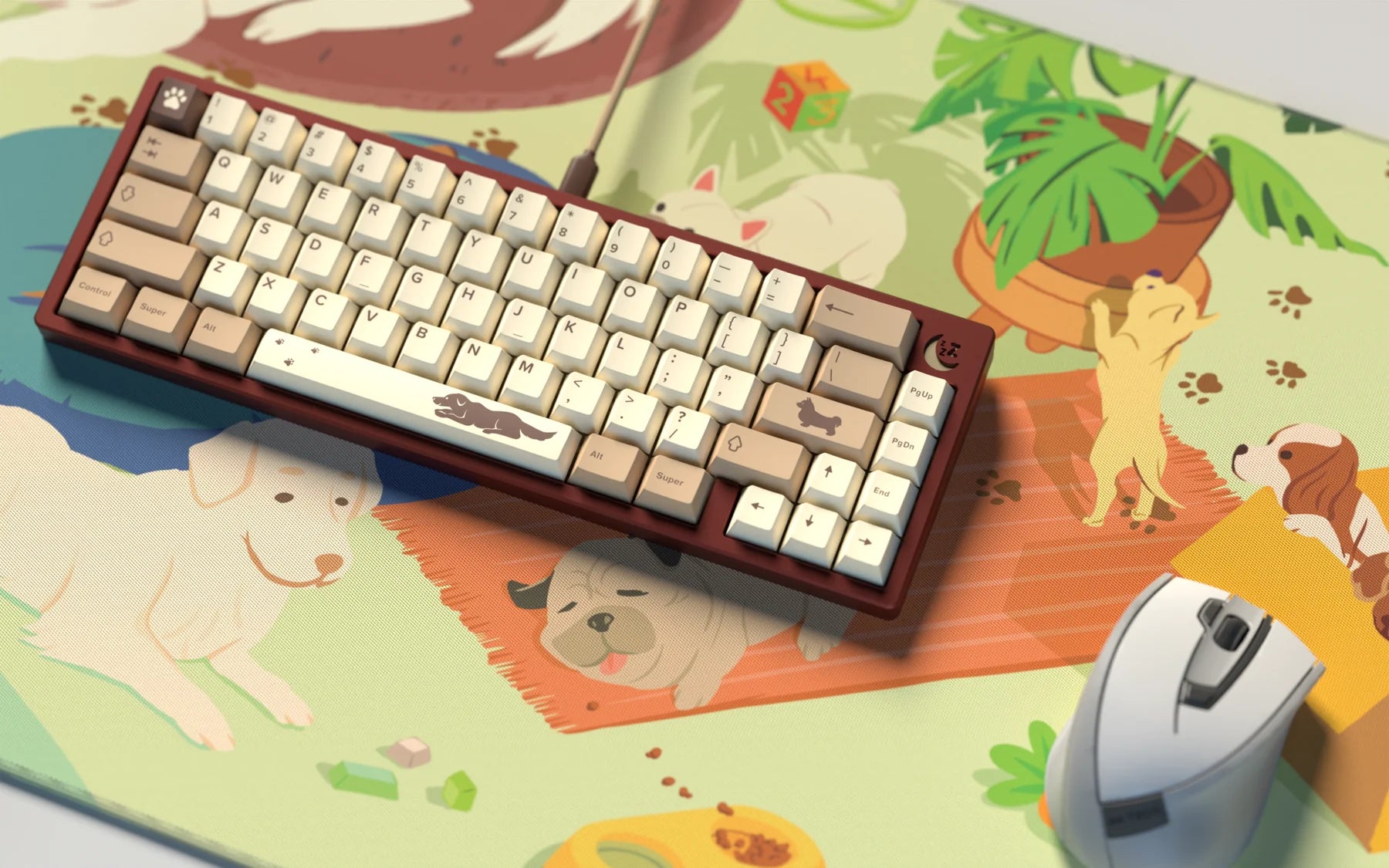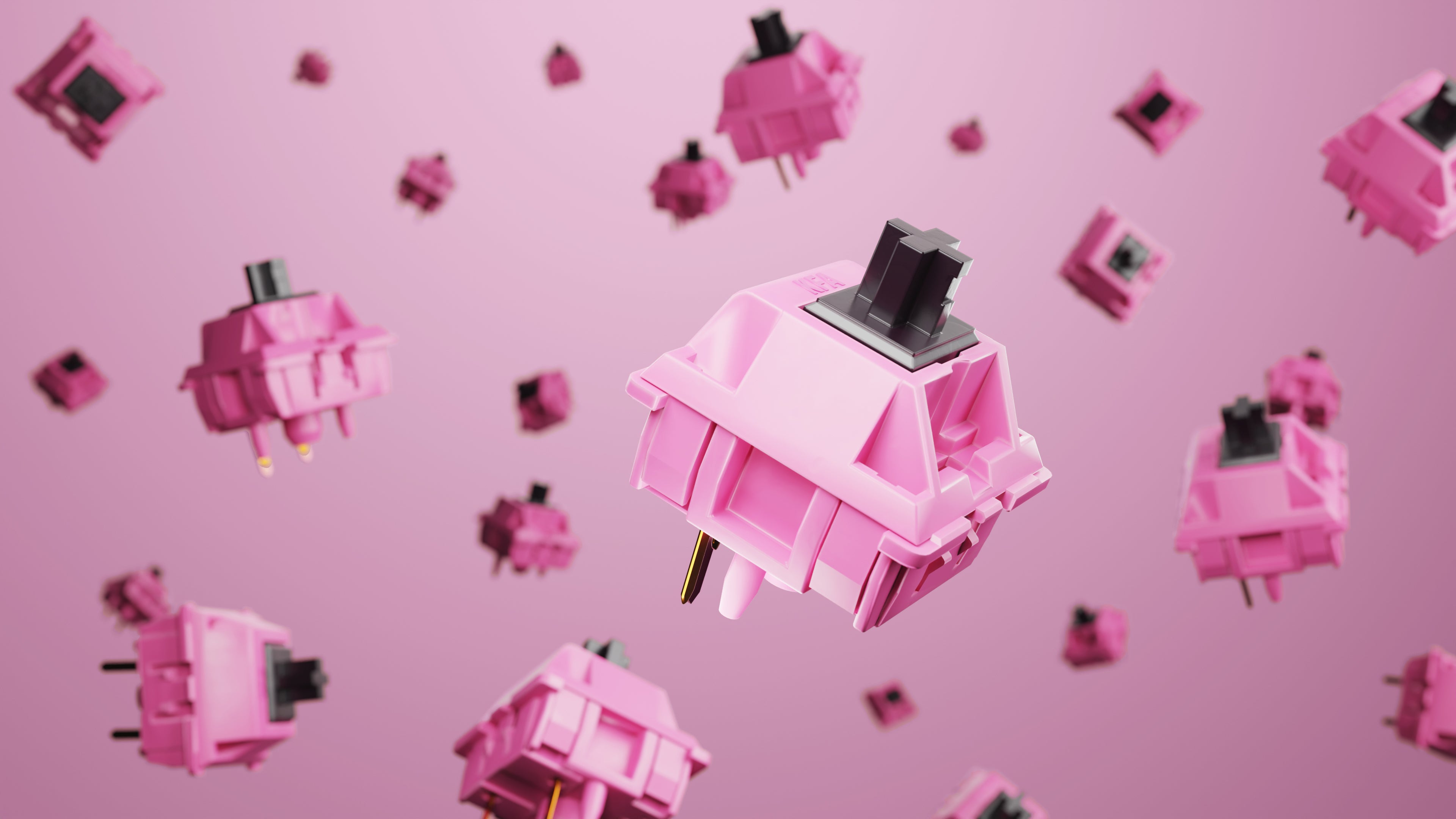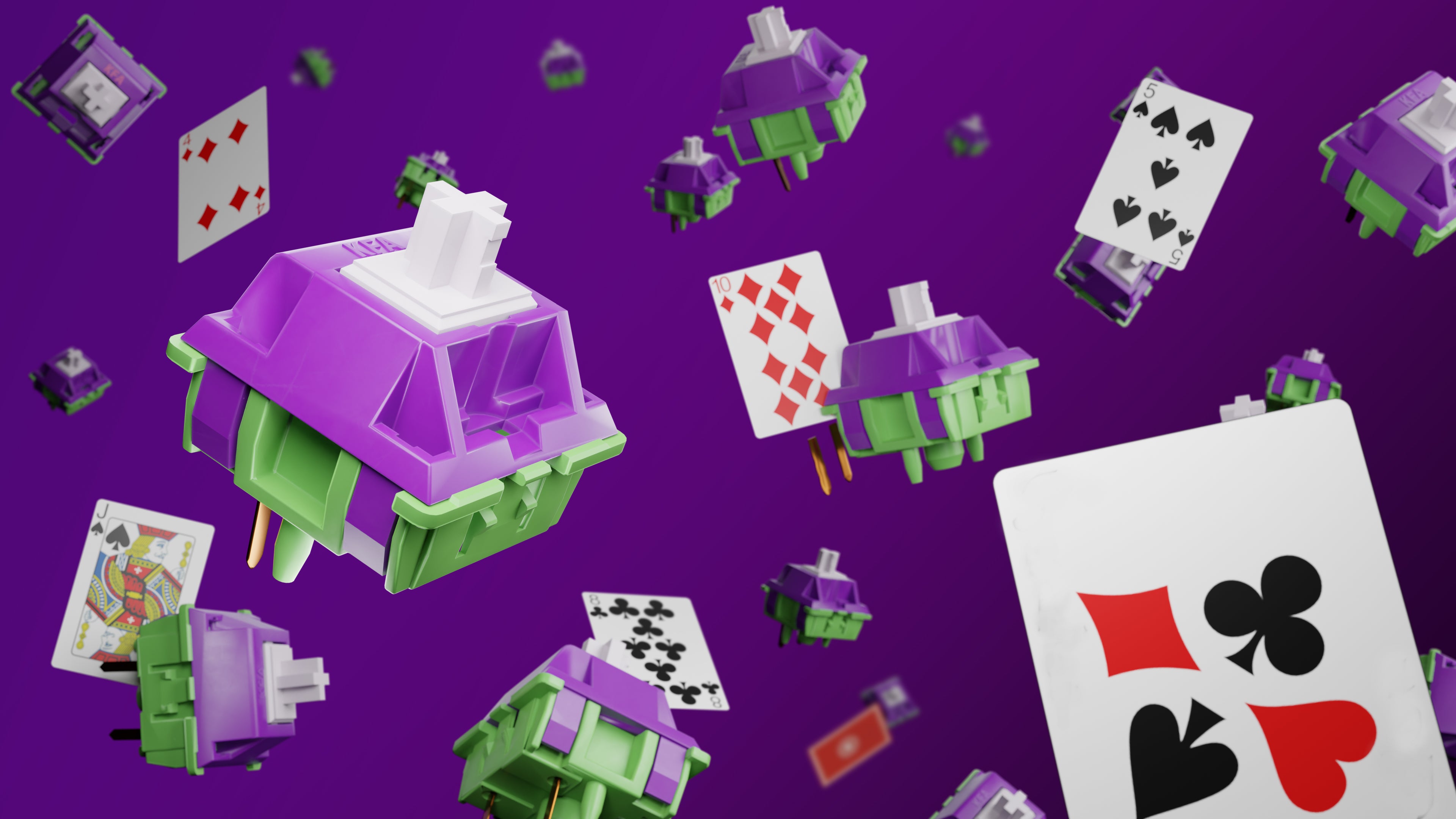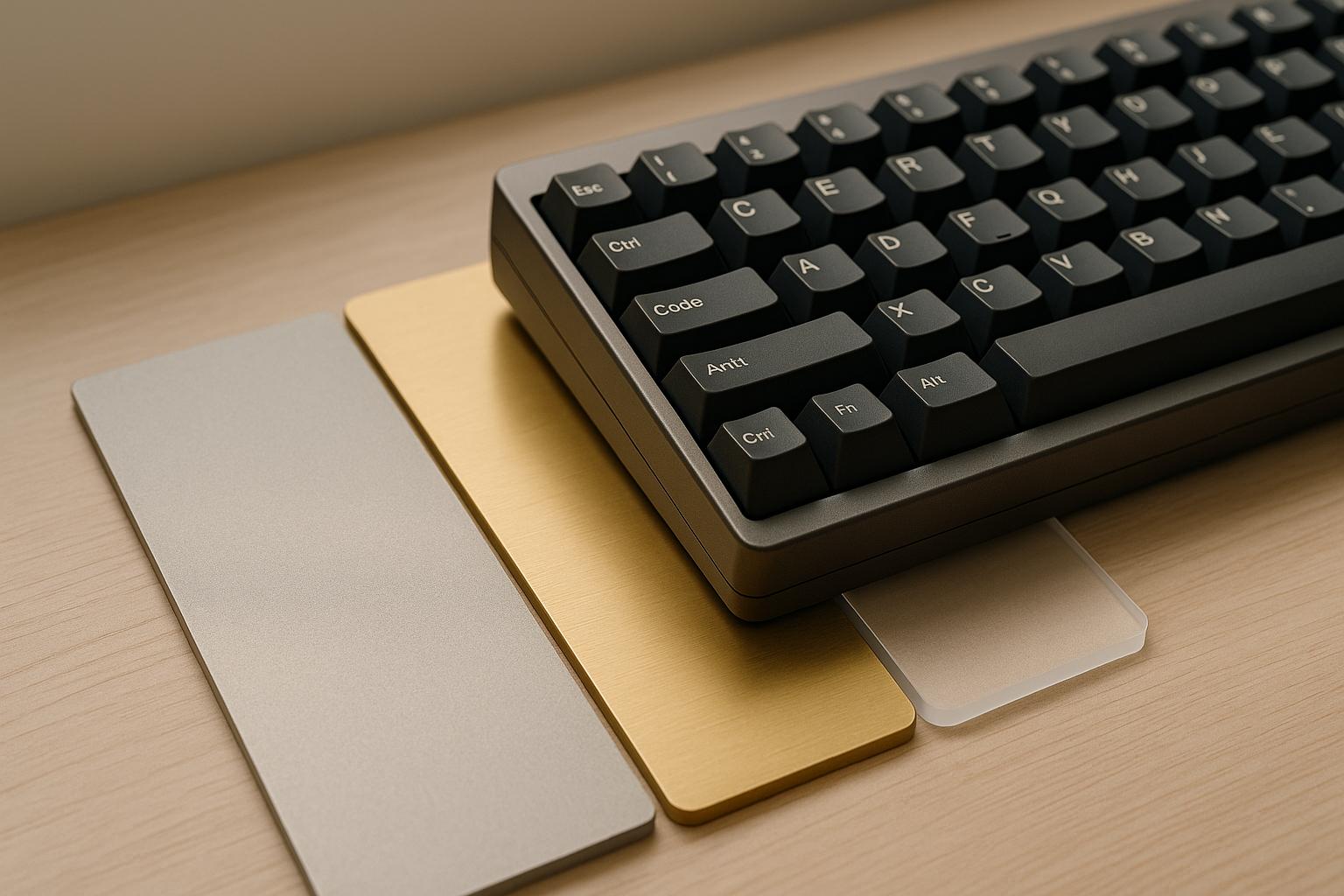
How Plate Materials Affect Keyboard Sound
The material of a keyboard plate directly influences how your keyboard sounds and feels. Whether you're after a louder, crisp tone or a softer, cushioned typing experience, the plate material play...
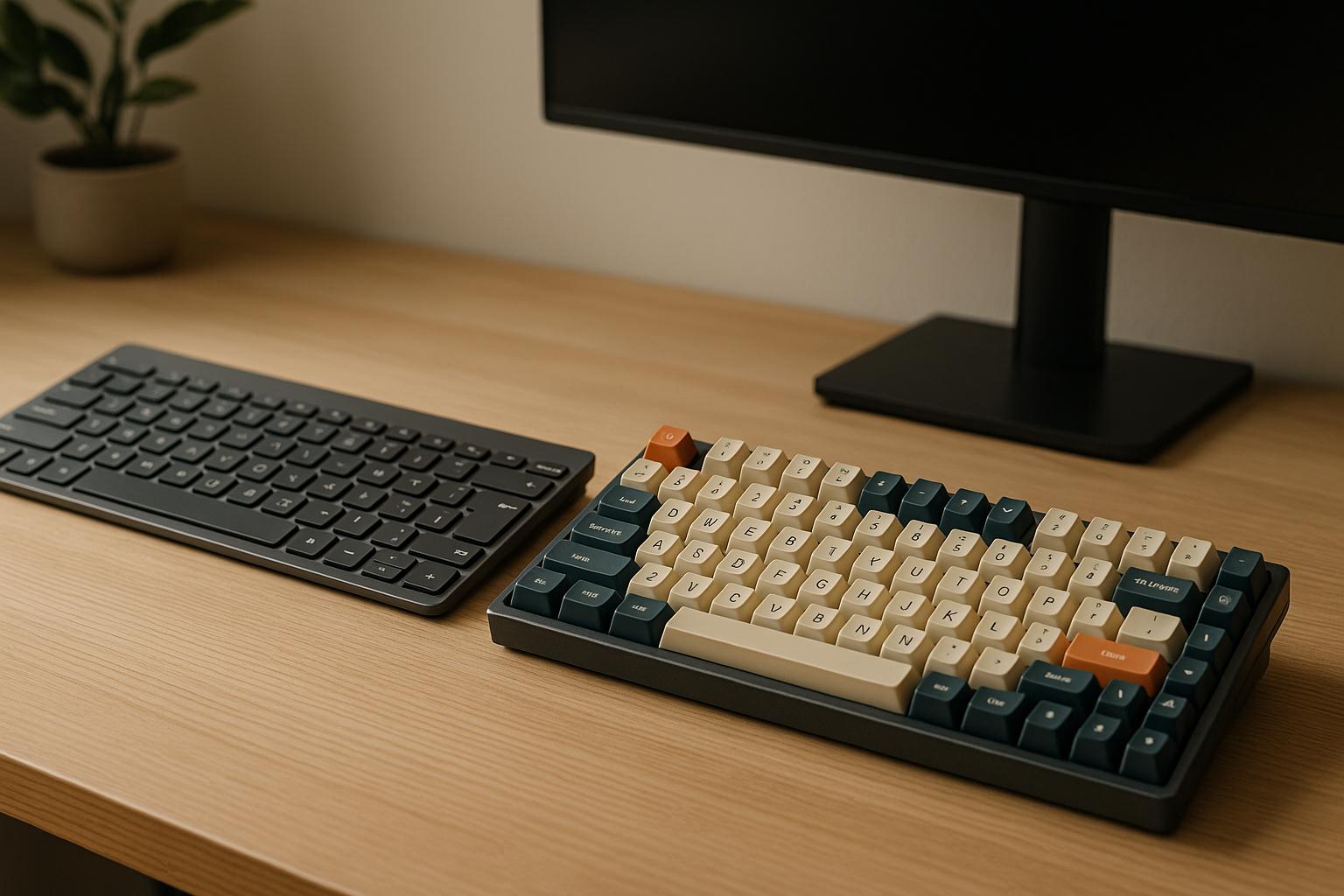
Pre-Built vs. DIY Keyboards: Key Differences
When choosing between pre-built and DIY keyboards, the decision comes down to convenience versus customization. Pre-built keyboards are ready to use, budget-friendly, and simple, making them ideal...
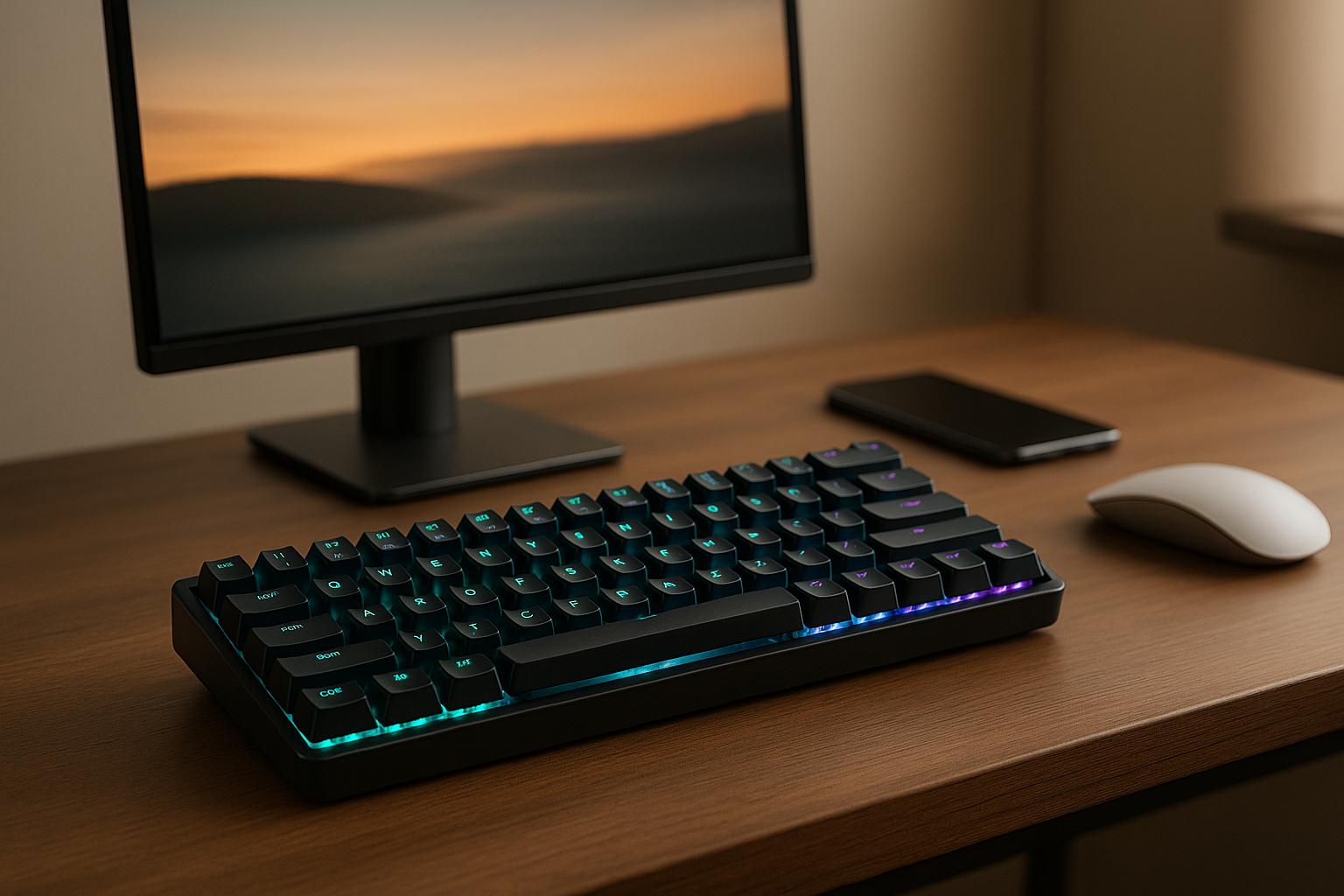
Future of Bluetooth Mechanical Keyboards
The world of mechanical keyboards is shifting, with Bluetooth options gaining traction. Here's a quick look at three models: Keychron Q5 Max: A wireless keyboard with limited details available b...

How to Install O-Rings on Mechanical Keyboards
O-rings can improve the typing experience on mechanical keyboards by reducing noise and shortening key travel. Here's a quick guide to installing them: Tools Needed: Keycap puller, O-rings, and ...
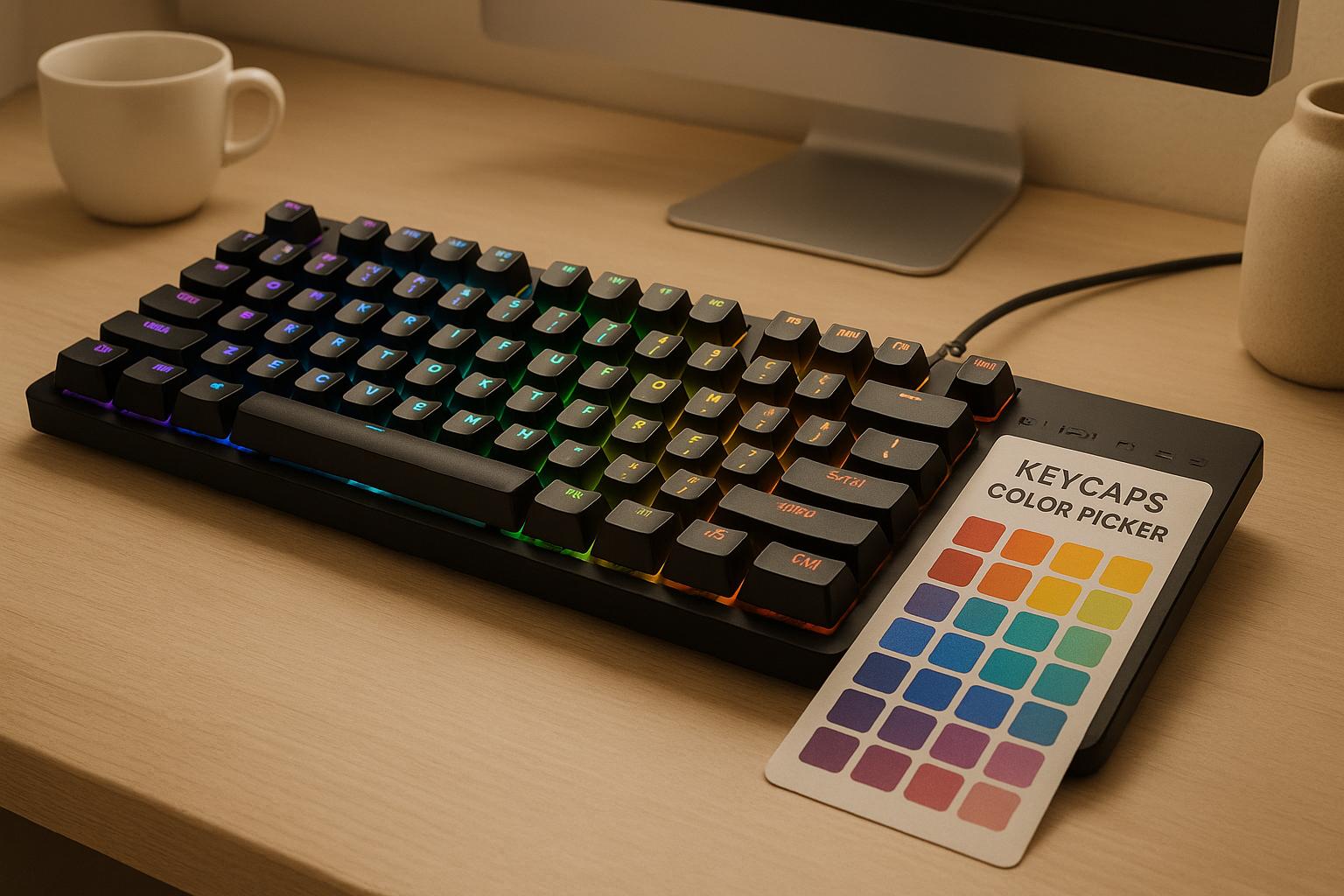
Keycaps Color Picker for Stunning Keyboards
Design Your Dream Keyboard with a Keycaps Color Picker If you’ve ever wanted a mechanical keyboard that truly reflects your style, finding the right color scheme is half the battle. That’s where a...

Switch Lube Before vs After: Key Differences
Lubing your keyboard switches can transform how they feel and sound. Here's a quick breakdown of what changes when you lube switches versus leaving them as-is: Unlubed switches: Often feel scrat...



![[Pre-Order] Autumn Leaves PBT Keycaps - KeebsForAll](http://keebsforall.com/cdn/shop/products/DSC09732.jpg?v=1676148273)
